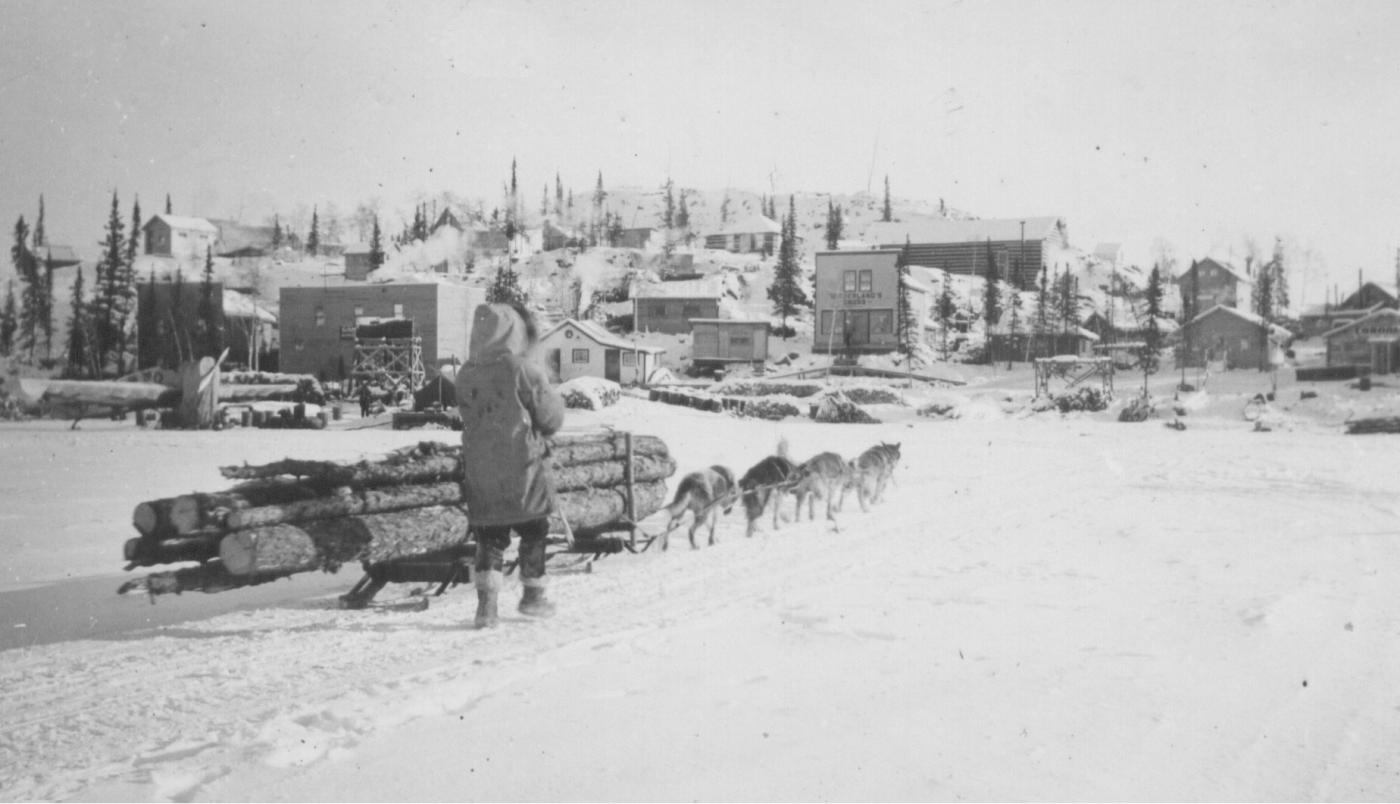Welcome to Yellowknife, capital city of the Northwest Territories! Here, in the northern parts of Canada, a special community has been built on a very ancient land. It is a friendly place, remaining faithful to small-town charm despite the hustle and bustle of activity that has defined the Yellowknife spirit since its founding in the 1930s.
What is the origin of our inspired name? European explorers and cartographers over 200 years ago gave the name “Yellowknife” to the nearby river, named in honor of the Indigenous Dene that the outsiders met in the 1700s. The Europeans coined the term ‘Yellowknife’ for the copper tools the Dene carried.
We now call them the Wiiliideh Yellowknives Dene. Before there was a city here, the nomadic Dene subsisted in harmony with the land, as hunters, trappers, fishers, and gatherers of berries and wood. The long Dene history on the land and waters of Yellowknife Bay is preserved in traditional place names, like Wiiliideh - the Dene name for Yellowknife River - which means “toothless fish river”.
Fur traders were the first settlers of this area. An outpost called Old Fort Providence was established near Wool Bay, 20 kilometers to the south, around 1789. It was a regional center of trade between the European traders and the Dene. The post was abandoned in 1823 but for the next 100 years, traders, Dene, and the Metis of mixed ancestry, continued to forge relationships around Great Slave Lake.

The City of Yellowknife we know today was started following the discovery of gold in the 1930s. Though the precious metal was first noted on Yellowknife Bay by men on their way to the Klondike in 1898, the area was remote and the gold ores unproven. The development of the airplane in the 1920s brought more prospectors north. Johnny Baker staked the first gold claims on the Bay in 1934, and within two years a gold rush was on.
By 1938, Yellowknife was a boom town with hundreds of settlers arriving and three gold mines under construction. Commercial gold production began in September 1938 at the Con Mine, followed by the Negus, Thompson-Lundmark, and Ptarmigan Mines. Yellowknife became an administrative district in 1939 and its first proto-town government elected.
Development of the area was halted during World War Two, but a new rush started when massive gold deposits were discovered at Giant Mine in 1944. Yellowknife, originally built around the Old Town peninsula “The Rock”, became overcrowded, resulting in the establishment of a New Town (downtown) site which soon became the commercial and residential centre.
In 1953, Yellowknife was elevated to a municipality with a fully-elected town council. In 1967, Yellowknife was named capital of the Northwest Territories, and in 1970 it attained the status of a “city”. The gold mine era ended in 2004 with the closure of the Con and Giant Mines, but by then the diamond mine era had begun. The Ekati Diamond Mine 300 kilometers to the north began production in 1998 followed by the Diavik Diamond Mine in 2002.
With a population of over 20,000 in 2023, Yellowknife still has a boom town character 90 years after its founding.